CORNELL HISTORY
Ezra Cornell's legacy of innovation and entrepreneurship lives on

Ezra Cornell, chalk drawing after a daguerreotype, 1845. Photo provided by the Division of Rare and Manuscript Collections. See larger image
If Ezra Cornell were to peruse the headlines of The Cornell Daily Sun or Cornell Chronicle today, he undoubtedly would be impressed with the breadth and depth of achievements and innovations by his namesake university. But would he be surprised?
As an engineer and entrepreneur, Ezra spent his life improving the world around him. He was a Renaissance man whose interests ranged from agriculture to education, politics to philanthropy. Cornell University, one of the top research universities in the world, is a fitting legacy to the man who "would found an institution where any person can find instruction in any study." Today, the university continues to excel at precisely what Ezra was best at: innovation and entrepreneurship.
Young Ezra Cornell arrived in Ithaca in 1828, taking on work as a carpenter and mechanic. Having worked in the cotton mills of Otis Eddy (namesake of Eddy Street), he became manager of plaster and flour mills owned by Jeremiah Beebe. Ezra demonstrated his aptitude for engineering in this position, overseeing the damming of Triphammer Falls to create Beebe Lake as a water source for the mills. He also blasted through 200 feet of solid rock to create a tunnel off Fall Creek gorge that would carry water to the mills downtown. This feat required blasting the tunnel from opposite sides, yet Ezra's precise calculations allowed the two ends to meet in the center with fewer than two inches of variation.
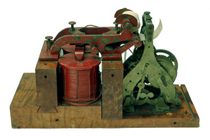
Original telegraph receiver, used in Baltimore for the receipt of the first telegraph message, May 24, 1844. Photo provided by the College of Engineering. See larger image
But it was Ezra's ingenuity and involvement in the fledging telegraph industry that earned him a fortune. Having designed a plow that could dig a trench and lay telegraph cable underground, Ezra was hired by telegraph inventor Samuel Morse to lay the first telegraph lines. When the cable insulation was found to be defective, Ezra researched electricity and magnetism and suggested stringing wires on glass-insulated poles above ground, which he then built throughout the northeastern United States. By taking much of his pay in stock, he became the largest stockholder in Western Union. The success of the telegraph, thanks to Ezra's technical savvy and keen business sense, made him a very wealthy man and enabled him to found Cornell University in 1865.
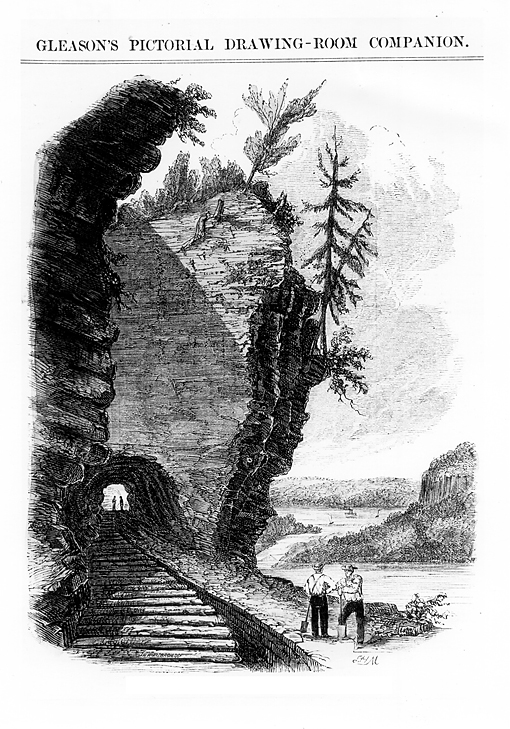
A self-educated civil engineer with a knack for "ciphering," Ezra Cornell designed and supervised construction of this tunnel to bypass Ithaca Falls and deliver water to the mills below. Excavations starting from both ends of the 200-foot tunnel met at the center in near-perfect alignment. Image provided by the College of Engineering.
The fledging university emphasized Ezra's ideals of technical innovation and applied science. In 1885, the country's first department of electrical engineering was created at Cornell, and its faculty, students and alumni have been credited with patents and inventions including one of America's first high-voltage transformers. Cornell became one of the first, if not the first, campus in the country to be lit with outdoor electric lights.
More than a century later, in 1994, a Cornellian played a role in influencing Microsoft Corp. to shift its focus to the Internet when Microsoft employee Steven Sinofsky '87, now president of the company's Windows division, sent an email telling Bill Gates about how his alma mater was taking full advantage of computer networks.
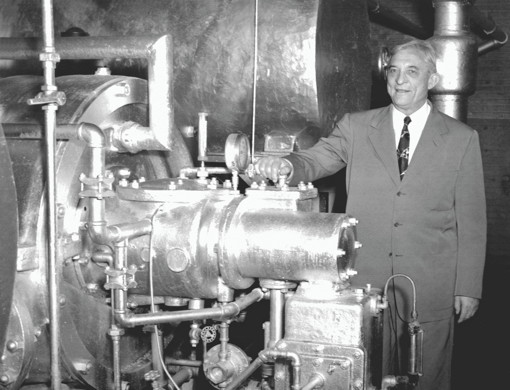
Willis Carrier, Class of 1901, with his 1921 centrifugal chiller. Photo provided by the College of Engineering.
Ezra's pioneering spirit lives on in alumni who have excelled in technical innovation and business acumen. Kate Gleason, Class of 1888, was the first woman elected to the American Society of Mechanical Engineers and the first woman president of a national bank in the United States. The "father of modern air conditioning," Willis Carrier, Class of 1901, founded the Carrier Corp., which remains a global leader in commercial refrigeration. Nora Stanton Blatch, Class of 1905, was America's first female civil engineering graduate; in addition to her work as a suffragist, she assisted husband Lee de Forest in developing and popularizing radio broadcasting. The 110 patents granted to Laurens Hammond '16 include everything from the Hammond electric organ to military altimeters, 3-D movie systems and a card-shuffling bridge table.
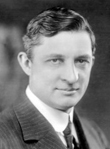
Willis Carrier, Class of 1901. Photo provided by the Division of Rare and Manuscript Collections. See larger image
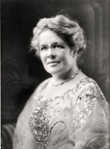
Kate Gleason, Class of 1888. Photo provided by the Division of Rare and Manuscript Collections. See larger image

Laurens Hammond, Class of 1916. Photo provided by the Division of Rare and Manuscript Collections. See larger image
Today, the tech industry overflows with Cornellians, as demonstrated by the success of Cornell Silicon Valley and its well-attended alumni events. On campus, the Entrepreneurship@Cornell program includes over 150 courses across all fields, as well as more than 50 faculty members, several student organizations and a student-business incubator.
From Palm Pilot inventor Jeff Hawkins '79 to Jon Rubinstein '78, M.Eng. '79, who helped develop the Apple iPod, Cornell University continues to train bright innovators and entrepreneurs. Qualcomm co-founder Irwin Jacobs '54 and Peoplesoft and Workday co-founder David Duffield '62, MBA '64, have both taken their technical expertise into the business world, while Mae Jemison, M.D. '81, the first black woman in space, now leads DARPA's 100-Year Starship project.
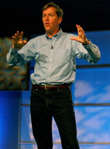
Jeff Hawkins, Class of 1979. Photo by Jeff Kubina/
wikimedia-
commons.
See larger image
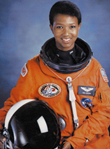
Mae Jemison, M.D., 1981. Photo by NASA/
wikimedia-
commons. See larger image
The December 2011 announcement of a new applied sciences campus to be built in New York City in collaboration with Technion-Israel Institute of Technology is a perfect representation of Ezra Cornell's legacy. In some ways, Mayor Michael Bloomberg's gift of Roosevelt Island and additional funds parallels the Morrill Act of 1862, in which the federal government granted land to support universities like Cornell that would provide training in agricultural and mechanic arts (or engineering). In today's digital world, the need for engineering and applied sciences education is even more acute. Once again, Cornell University has stepped forward to address that need.
I think Ezra would be proud.
Corey Ryan Earle '07 is associate director of student programs in the Office of Alumni Affairs.